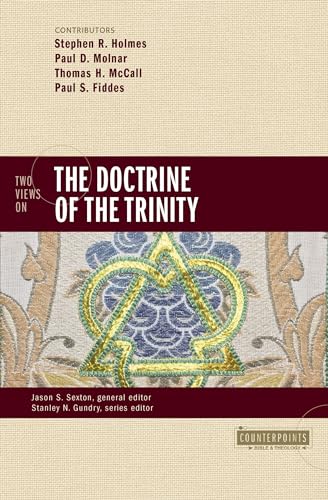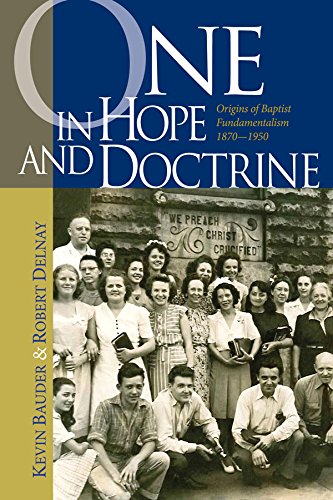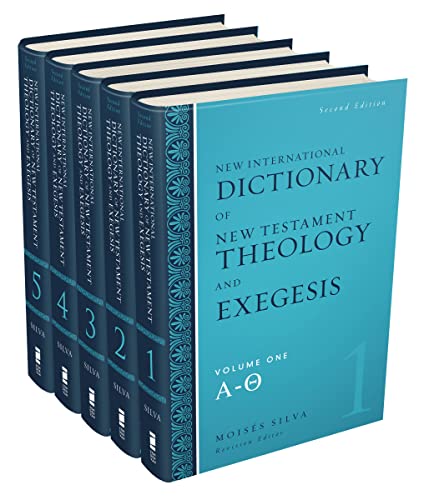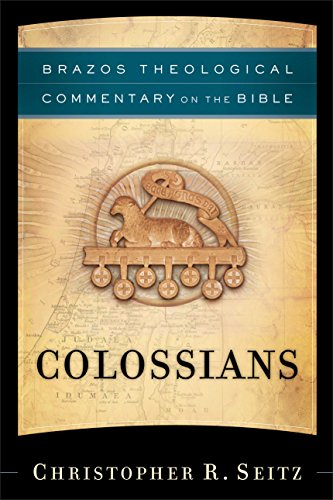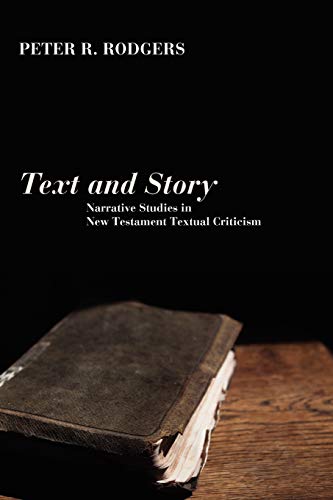God’s Equal: What Can We Know about Jesus’ Self-Understanding in the Synoptic Gospels?
Written by Sigurd Grindheim Reviewed By Peter OrrMore mainstream academic consensus concerning the Christology of the NT has traditionally held that early writers operated with a low Christology and that any kind of divine Christology (as found in John’s Gospel) is a later development. More recently, however, works like Kavin Rowe’s Early Narrative Christology: The Lord in the Gospel of Luke (Grand Rapids: Baker Academic, 2009) and Simon Gathercole’s The Pre-Existent Son: Recovering the Christologies of Matthew, Mark, and Luke (Grand Rapids: Eerdmans, 2006), as well as others by Bauckham, Hurtado and Tilling, have challenged this assumption and showed that high Christology can be found earlier than John. In this volume Grindheim similarly argues that the Synoptics portray Jesus as saying and doing that which only God himself could say and do, thus portraying him as claiming to be God’s equal. To establish his thesis he shows how the Synoptics present Jesus as acting in ways that in the Second Temple period were reserved for God himself. At the same time his thesis is distinct from those of Rowe, Gathercole, etc., in that he focusses on Jesus’s own self-understanding, not simply the Christology of the gospel writers themselves. The project thus shows some affinities to N. T. Wright’s Jesus and the Victory of God (Minneapolis: Fortress, 1997).
Grindheim deals with two objections to his approach, namely the question of our access to the historical Jesus and the problem of speaking about the self-understanding of a historical person. The latter he suggests is overcome simply by suggesting that though we have no direct access to Jesus’s thoughts, we can legitimately (if cautiously) infer Jesus’s self-understanding from his words and deeds. The question of historical access is perhaps more fundamental and Grindheim employs the traditional criteria (embarrassment, dissimilarity, etc.). He does attempt to employ the criteria of dissimilarity in a more developed way than normal by suggesting that “elements of the Jesus tradition that play no role in early Christian theology are unlikely to be the creation of the early church” (p. 5). The fact that many of the aspects in the Synoptics that Grindheim examines did not play a significant (if any) role in early Christological debates suggests their originality.
Chapters 1 and 2 consider Jesus’s miracles. The central thesis of the former is that Jewish expectations regarding the kingdom of God focussed on the direct intervention of God himself rather than the actions of a human intermediary. In an extended discussion of Luke 11:17–23 (and parallels) where Jesus associates his own activity (particularly the exorcisms) with the kingdom of God, Grindheim suggests that Jesus is claiming that “God’s unmediated intervention . . . takes place through his own actions” (p. 39). Chapter 2 considers the miracles more broadly. Jesus’s interpretation of his miracles in response to John the Baptist (Matt. 11:5 and parallels) associates his acts with the acts of God himself.
The rest of the book proceeds in similar manner. Chapter 3 examines Jesus offering forgiveness of sins, thus assuming an authority that for second temple Jews was reserved for God. Chapter 4 examines how Jesus expected to be the eschatological judge, determining people’s eternal future (Matt 25:34–46), a role, once again, reserved for God alone. Chapter 5 considers how Jesus presents his teaching as having the same authority as God’s Word (particularly in the Sermon on the Mount where Jesus’s teaching transcends the Torah). Chapter 6 considers the exceptional demands that Jesus places on the disciples in how they are to follow him. In chapter 7, metaphors that Jesus uses in speaking of himself (e.g. as the bridegroom) are shown to be exclusively used of God in the OT. Chapter 8 shows how although there are parallels between the portrayal of Jesus and that of other mediatory figures in second temple Judaism, the differences are more significant in that Jesus saw his own authority as inherently equal to that of God himself. Chapter 9 examines statements that Jesus makes where he specifically relates himself to God particularly as Son of the Father. Grindheim here examines the seeming tension in the Synoptics in that Jesus seems to simultaneously express equality to God as Father and submission.
Chapter 10 considers the important Son of Man sayings. This is a controversial and complex area and Grindheim deals with it more for completeness. He argues that there are good arguments for the originality of the saying and for understanding that Jesus was referring to himself as the Son of Man figure in Dan 7. This complements the findings of the rest of the book. In a similar vein, chapter 11 examines the temple sayings. Grindheim again acknowledges that this chapter complements rather than advances his thesis in that the temple sayings can be convincingly understood to suggest that Jesus saw himself as fulfilling prophecies regarding God coming to earth to dwell with humanity.
Grindheim presents a strong, well-organized and clearly argued thesis. Most readers of Themelios will no doubt already be convinced of the central argument before even reading the book. Nevertheless I think this book is extremely valuable in its exceptionally clear presentation of the high Christology of the Synoptic Gospels. Further, it is very encouraging to see such a high Christology being argued for in an academic monograph series. Even readers with a more sceptical stance will, I think, have to admit that Grindheim’s thesis has strength. Whether the underlying historical assumptions will be accepted remains to be seen. Perhaps one area of minor critique is that some of the language remains a touch underdeveloped. What exactly does equality with God mean and how does it relate to Jesus’s submission to the Father? These questions are dealt with but could perhaps have been developed a little more. This minor point aside, this is an important book that deserves wide circulation.
Peter Orr
Peter Orr is lecturer in New Testament at Moore Theological College in Sydney, Australia.
Other Articles in this Issue
The account of Abraham's near-sacrifice of Isaac has been and will likely continue to be violently applied so long as the dominant misunderstanding of the text prevails...
In recent years, a growing cadre of younger historians has begun publishing significant books on the history of American evangelicalism...
Romans 4 remains a central text in the debate over the New Perspective on Paul...
Within the intra-Reformed debate over baptism, covenant theology is a crucial aspect in determining one's position...
‘Fathers of Faith, My Fathers Now!’: On Abraham, Covenant, and the Theology of Paedobaptism
by David GibsonThe figure of Abraham creates a covenantal framework for biblical theology that allows baptism to be considered in relation to the Bible's developing story line...



